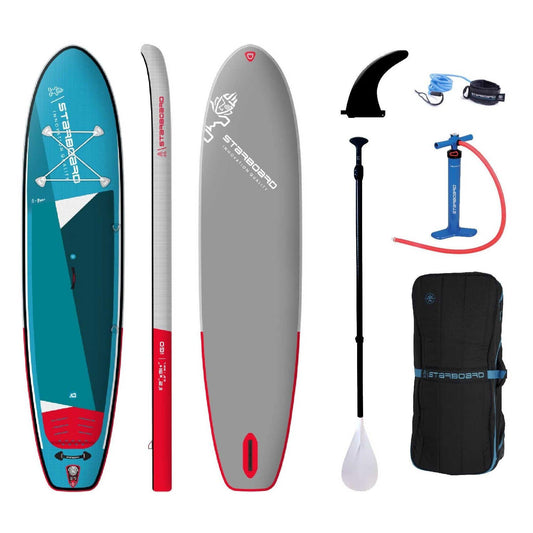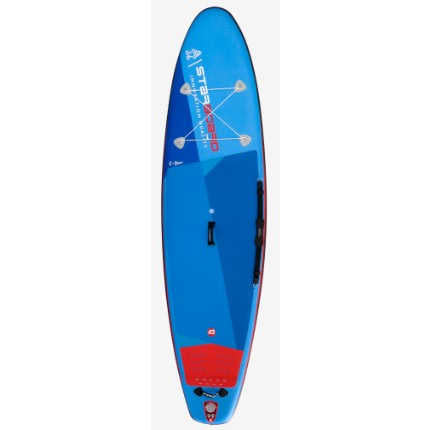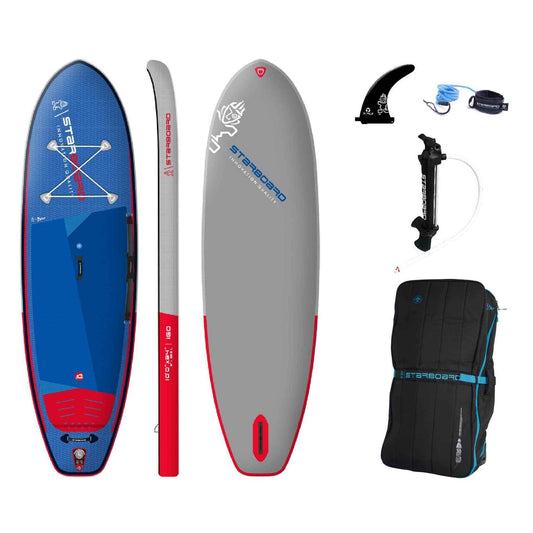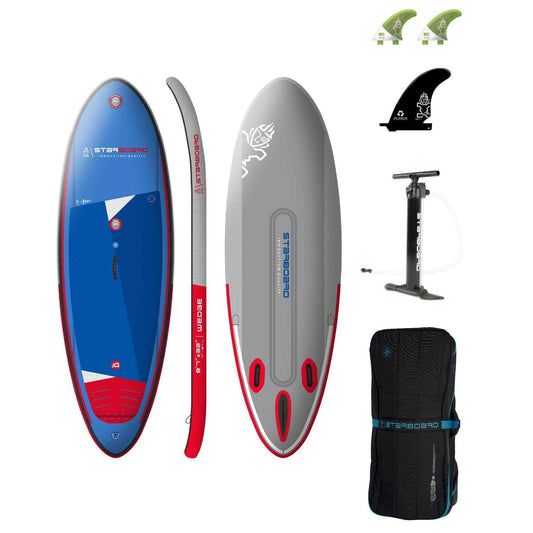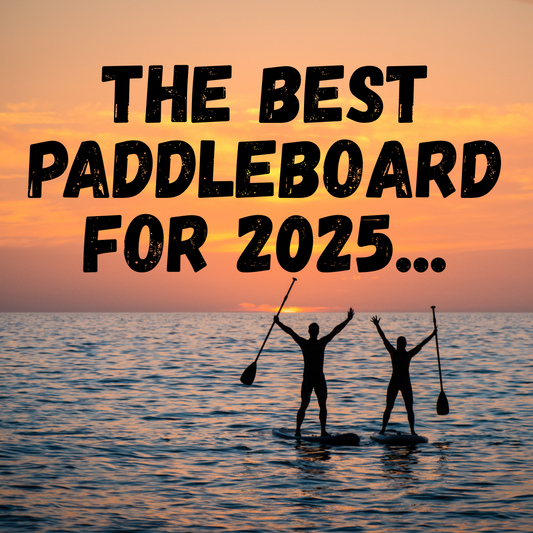Best Wind Conditions for Paddleboarding | Poole Harbour Watersports
Ella DavisShare
What are the best wind conditions for sup?
In an ideal world the water is glassy flat with not a ripple in sight and it feels like you are gliding along the water. It is 100% flat. 100% gorgeous conditions. The perfect day to sup.
However wind is something we get a lot of in the UK, from a summer breeze to a full on windy storms, there are very few days were there is no wind at all. Early morning sessions is when the wind is at its lightest, so best start becoming an early bird catching a worm! Or perhaps catch the flat conditions I should say…
But don't worry, you can can enjoy paddle boarding in small amounts of wind, you don’t need to wait for a day where there is 0 wind to go out! Knowing the UK you’d be waiting a very long time!

So what is a safe amount of wind in the UK?
Safe wind for beginner paddle boarders is anything under 12 knots. Anything above this speed you will feel an uncomfortable resistance as you paddle into the wind, you will also notice choppy water making you feel unstable.
It can be quite difficult to gauge the wind speed on shore, the more you paddleboard the easier it will be to tell the signs of when it looks and feels too windy to paddle!
We recommend checking out windguru to find the predictions for your local area, or weatherfile for accurate live conditions. These are both free and can help you plan!
To help here is some descriptions to what 12 knots looks like:
- Small tree branches will be moving
- Dust and leaves on the ground can get lifted or will be moving
- Small white caps will glisten on the water
- Kite surfers and windsurfers may be out on the water with big sails.
Always remember if in doubt look to see if others are out. If you don’t see any paddleboarder’s, chances are it’s not safe to go out.
How does wind direction affect your session?
It is really important to understand that wind direction has a huge influence on how the wind feels when you are standing on the shore.
The wind could be blowing 20 knots which you now know is way too much for paddleboarding, but if its blowing offshore it may feel like there is no wind at all on shore.
This is because with offshore winds (when wind is going out to sea) there may be trees or buildings that are sheltering you from the ‘real’ wind. For this reason that’s why offshore winds are dangerous and deceptive.
Similarly with crossshore winds (blowing across the beach) it can feel relatively less on land but as soon as you hit the water the wind can be a lot stronger.
An on shore wind will feel the strongest and give you those choppy conditions and wavy conditions.
Offshore winds are particularly dangerous as you will struggle to get back to where you started, even if the wind is lighter at 10-12knots because you will have to paddle straight back into the wind for a lot longer.
How much wind is too much?
Anything above 15 knots is too much for a SUP especially for beginner to intermediate level. At this wind speed your body will basically act like a sail and take you downwind constantly drifting. Even if you’re at an advanced level you will have to work hard its not impossible but just very difficult.

Top wind tips
Here are a few tips you can do to minimize the risk of paddleboarding when there is wind.
Check the forecast – always check the weather forecast before going out on the water. Most forecast are accurate 7 days in advanced so you can easily plan your paddle boarding session. Always check again on the day because we all know what UK weather can be like, sunny one minute pouring the next!
We always use windguru here at Poole Harbour!
Paddle into the wind
If you see on your forecast that the wind is going to pick up during your session on the water, paddle into the wind first, when it is lighter, then when it picks up you will hopefully be on your way back with the stronger wind behind you, pushing you back to the shore.
What if it gets too windy?
If you feel yourself fighting against the wind because it has either picked up or your energy is running low, then go into the kneeling position to paddle into the wind to reduce your risk of drifting. Also the kneeling position gives you a higher chance of staying on the board and not falling in!
In an unlikely event of very strong gusts of winds, you can lie flat on you board and paddle with your arms like a surfer. If it does come to this, your plan of action should be to head to the nearest and safest place to rest until the wind has died down. Don’t worry about trying to paddle through the wind, you will struggle and tire yourself out, your main priority should be finding somewhere safe to rest.
In cases like this, good to have a phone or radio in a dry case so that you can always contact someone.

Leashes!
Always, always wear a leash! It is for your safety. It shouldn’t matter if it is windy or not pop your leash on when you are paddle boarding. You don’t want to find yourself in a position where you have fallen off your board, and because it is windy your board drifts away faster than you can swim after it. We recommend an either the Bulldog ankle leash or the Jobe quick release belt.
Inflatable boards vs Hard boards
Something to bear in mind especially for beginners, inflatable boards sit high above the water meaning wind can have more influence over the board therefore it can make turning quite a challenge in strong winds with inflatable boards. Hard boards sit closer to the water, meaning it will be easier to turn in strong winds but again it is still not advisable to go out in strong winds with either inflatable or hard boards or you may find yourself stuck!

We hope this has helped your understanding a bit more on the right wind conditions for paddleboarding! If you are unsure or have any other questions, we are always happy to help on 01202 700503, LiveChat, info@pooleharbour.co.uk or you can pop in store!


